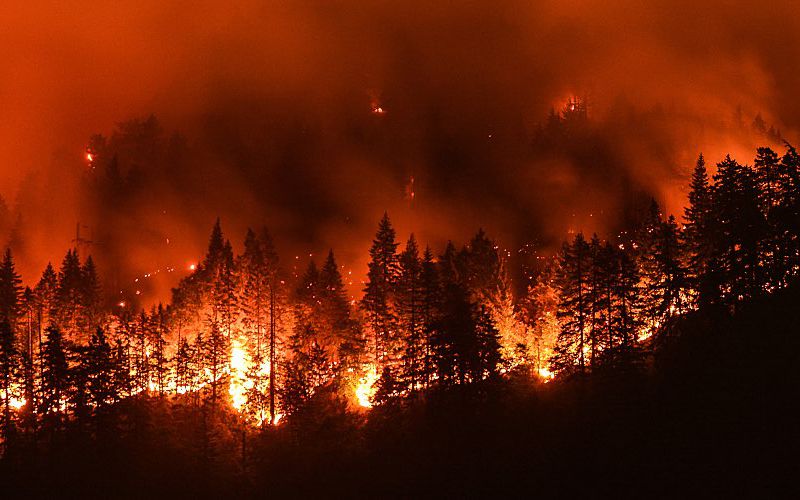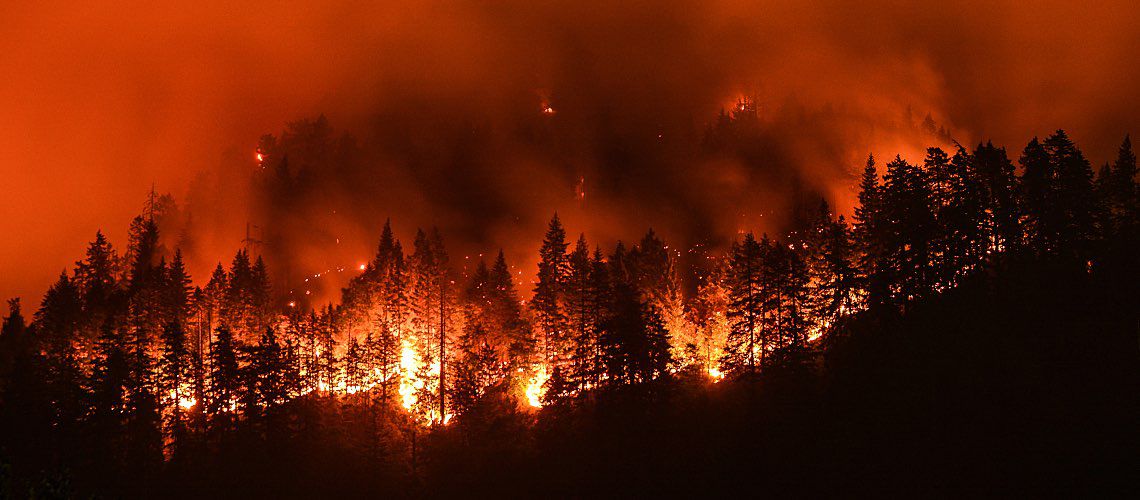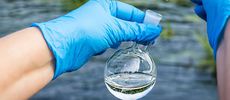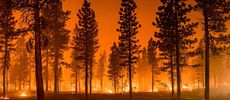Water Districts Repair Damaged Watersheds After Wildfires


In an era when nearly 80% of the U.S. freshwater supply begins on forested land, wildfires are creating devastation, and water districts are facing long-term impacts to their raw water supplies.
With wildfire spread increasing in many states and considered a threat in high-population states such as California and Texas, water districts can serve as reliable sources of information on ways watershed burns can affect their clients.
Recent Fires
In 2020, the Cameron Peak wildfire near Fort Collins, Colo. sheared vegetation, and rains washed the resulting ash into the Cache la Poudre River—one of two water sources for a 165,000 population. In July 2021, when helicopters began dropping mulch on wildfire burn areas that affected downstream communities in both the Cache la Poudre and Big Thompson watersheds, more than 11,500 acres in the two catchment basins were identified as important to target.
And Fort Collins isn't the only place seeing fire damage in a local watershed. Areas of Napa County, Calif. experienced a similar wildfire situation in 2015, with eroded ash and soil clogging their main treatment plant for two weeks. Upwards of 3,400 communities depend on public drinking-water systems in watershed areas on forest lands.
Improving Water Quality and Supply
In a literal trial by fire, water districts and cities are taking steps. Fort Collins expects long-term impacts to raw water supplies, but the city is coordinating with several others—its county, Larimer; nearby Greeley, Colo; the Natural Resources Conservation Service; the U.S. Forest Service; non-profit watershed groups; and other water providers—to fund and establish priorities for restoration and recovery.
To pay for the projects, Fort Collins appropriated $5 million from its city water fund and was approved to cost share $35 million to $45 million from sources including the Emergency Watershed Protection Program and the state.
Monitoring Water Quality
Fort Collins and Greeley will monitor water from several rivers and lake outflow locations and burn sites, testing it at the City of Fort Collins Water Quality Laboratory. Water will be monitored throughout the year, except at points in late fall and winter when ice forms in creeks and lakes.
The monitored water will also figure into several studies including one conducted by the U.S. Forest Service Rocky Mountain Research Station to measure the mass and chemical composition on hillsides in areas burned at low, moderate, and high severity. Another research initiative will look at post-wildfire pollution's effects on algal blooms in high mountain water supply reservoirs in the area.
Aligning several studies led to an ongoing regional partnership between Fort Collins, Greeley, and Thornton; Northern Water; USFS; Rocky Mountain Research Station; and the Coalition for the Poudre River Watershed. Funding and staffing support for the research work added up to more than $100,000.
Emphasis on Water Safety
As climate change gives rise to more wildfires in the western United States, water districts and water managers are facing difficult scenarios for their water supplies. Whether you're in a small or large district, you can make alliances now with cities and organizations in your region to protect your area against the harmful public health impacts of wildfires.




